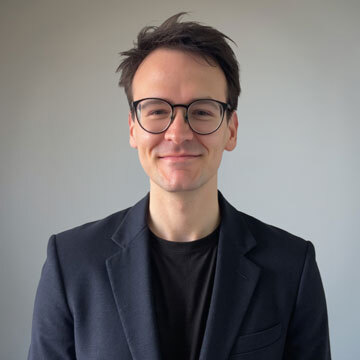222 Views
15
View In My Room
Sculpture, Wood
Size: 13.4 W x 33.1 H x 11 D in
Ships in a Crate
222 Views
15
Artist Recognition

Showed at the The Other Art Fair

Artist featured in a collection
ABOUT THE ARTWORK
DETAILS AND DIMENSIONS
SHIPPING AND RETURNS
Space memories: iChair Project To think of all the possibilities offered by an object. To think of all the possibilities offered by a body. To delve into the symbiosis between the two and create a new element, capable not only of bringing together and discovering the memory acquired during the evol...
Year Created:
2018
Subject:
Styles:
Method:
Method:
Sculpture, Wood
Rarity:
One-of-a-kind Artwork
Size:
13.4 W x 33.1 H x 11 D in
Ready to Hang:
Not Applicable
Frame:
Not Framed
Authenticity:
Certificate is Included
Packaging:
Ships in a Crate
Delivery Cost:
Shipping is included in price.
Delivery Time:
Typically 5-7 business days for domestic shipments, 10-14 business days for international shipments.
Returns:
Free returns within 14 days of delivery. Visit our help section for more information.
Handling:
Ships in a wooden crate for additional protection of heavy or oversized artworks. Artists are responsible for packaging and adhering to Saatchi Art’s packaging guidelines.
Ships From:
Israel.
Need more information?
Need more information?
Sculptor TED Fellow 2010 Founder of The Agricultural Center for the Research of Creativity 2011 (Klil ,Israel) Founder of Refugee Artist in Residence Program ,San Diego , 2016 Born 1962 in Tel-Aviv, Israel Based in Kelil, Western Galilee, Israel
Artist Recognition

Handpicked to show at The Other Art Fair presented by Saatchi Art in London

Artist featured by Saatchi Art in a collection
Why Saatchi Art?
Thousands of
5-Star Reviews
We deliver world-class customer service to all of our art buyers.
Global Selection of Original Art
Explore an unparalleled artwork selection from around the world.
Satisfaction Guaranteed
Our 14-day satisfaction guarantee allows you to buy with confidence.
Support Emerging Artists
We pay our artists more on every sale than other galleries.
